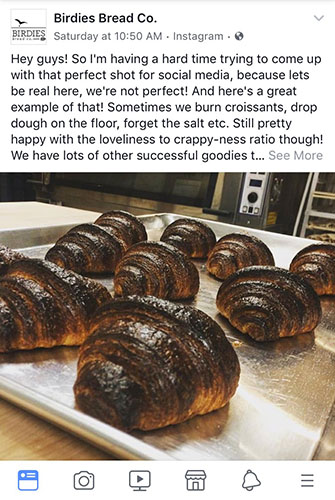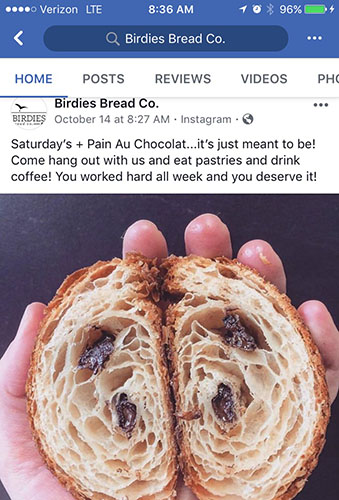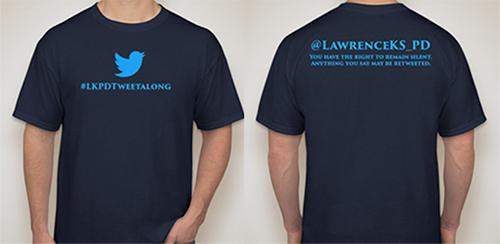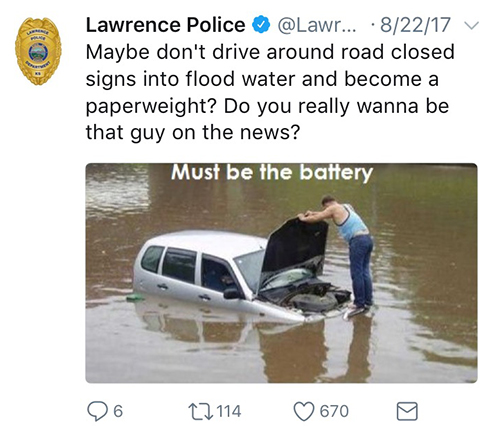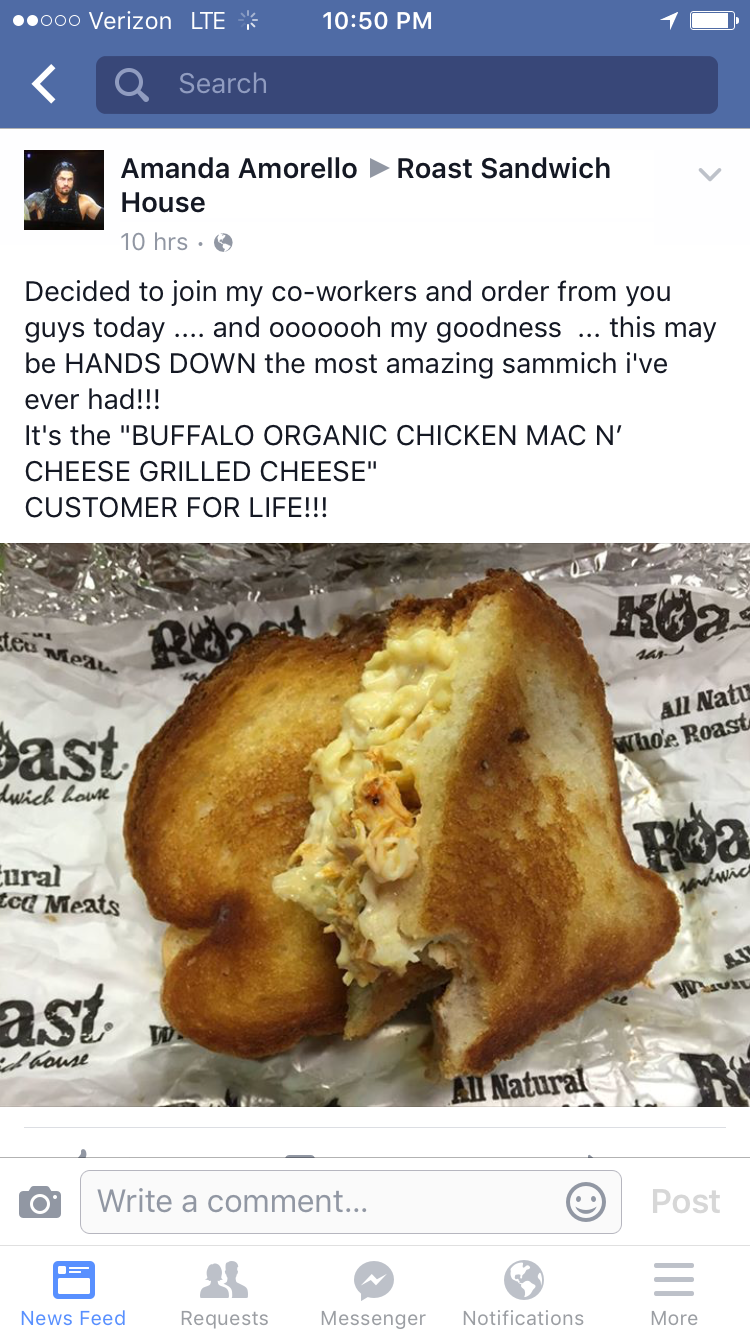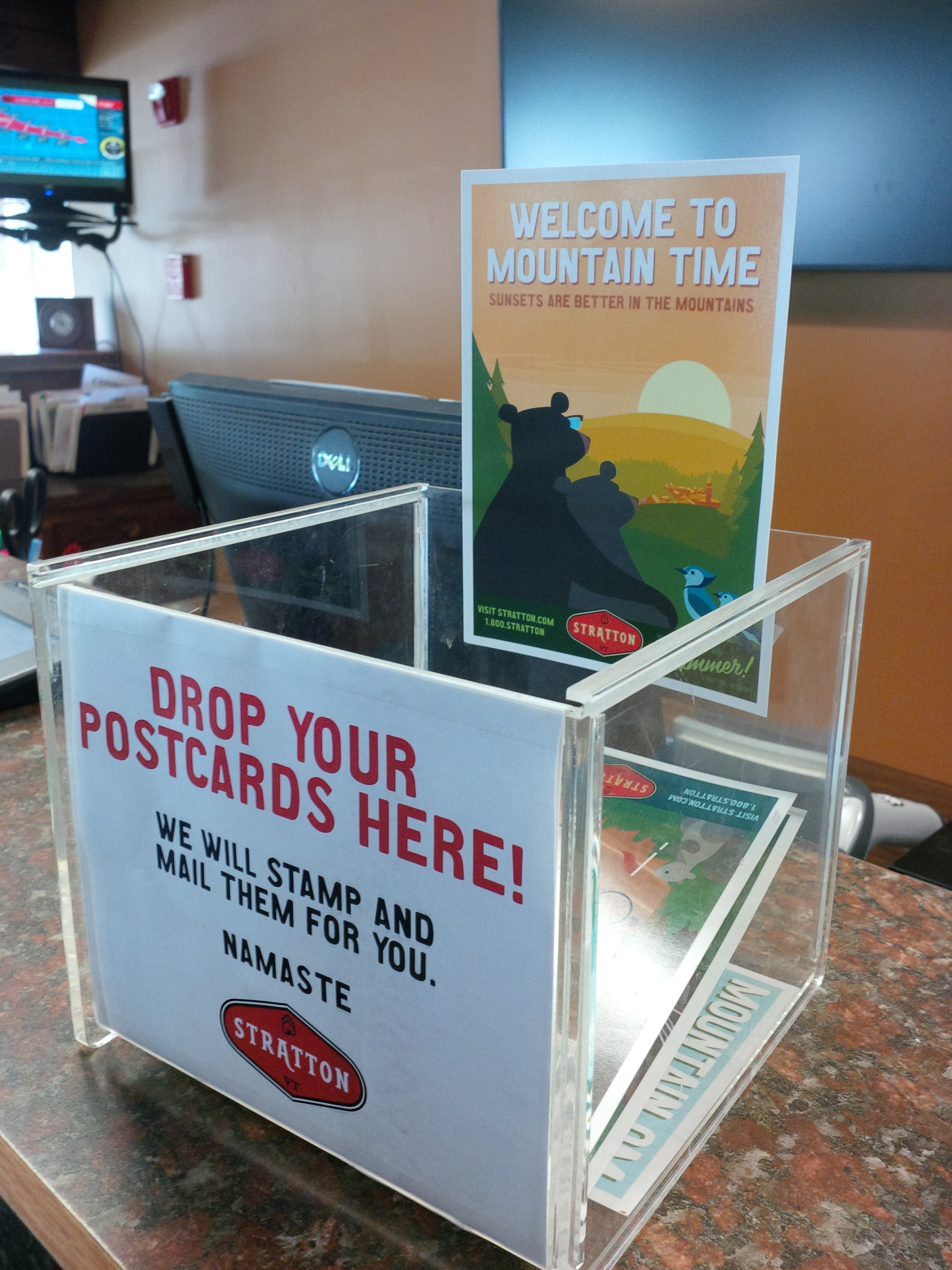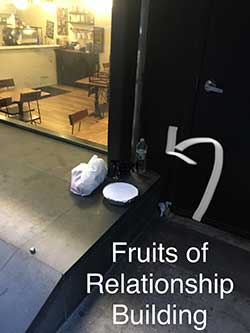
If you’ve ever been a client of Redpoint, you’ve heard our (constant, loving, unwavering) counsel on balancing “the hard sell” with “relationship building” in your marketing messages.
We get it. When you have rooms/seats to fill, budgets to hit, expenses to pay…the urge to repeatedly reach for the hard sell is super strong. But this is doing your marketing a huge disservice because you’re developing a one-sided relationship with your audiences: you only (or too often) talk to them solely when you want them to buy something from you. That’s quite selfish, and who likes to be in a relationship with someone selfish? They’ll quickly tune you out.
But it requires a patient leap of faith for a brand to favor relationship-building messages over sales messages. The conversion runway is longer and less trackable…so how do you know/prove the ROI is worth it?
Here’s the proof you need, delivered from an unlikely source: a homeless gentleman who sits out on William Street in NYC every evening.
From around 4pm until after rush hour, he sits in the same spot and says nice things to folks passing by, such as:
- “Have a lovely evening!” (all the time)
- “Stay cool tonight!” (summer)
- “Stay warm tonight!” (winter)
- “Stay dry tonight!” (raining)
- “Be careful of the ice just there!” (snowing)
- Etc.
He pets dogs, smiles at everyone, and waves at children. He’s SUCH a nice man. He never tells a down-on-my-luck story. Never plays the guilt card. Never shakes a cup full of coins.
And he never – EVER – asks for money. Or food. Or clothes. Or anything.
But he gets them…in spades.
Every morning when I walk by his spot, there is a small collection of stuff left there by people overnight and in the morning prior to his arrival. Most often it’s food, but sometimes it’s a hat, shoes, or clothing.
Think about this, folks. People…busy, desensitized New Yorkers…think about him WHEN HE’S NOT EVEN THERE, and leave him things he needs but never requests.
THAT is master-class-level relationship building. He brings them repeated, consistent joy and kindness and ultimately, they give it back…freely and thoughtfully and often.
Take a page from this guy’s book. Find ways to be memorable to your audiences. Engage them. Treat them with affection. Ensure that you matter to them. Because when you matter to them, selling requires very little “ask” on your part.
 get travel marketing tips
get travel marketing tips 
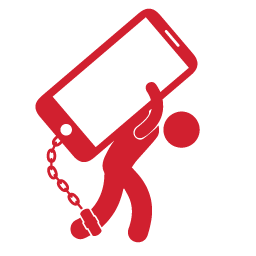
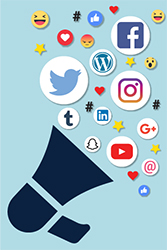 In my entire (nearly) 30 years of working with companies big and small in the tourism industry, never once did I hear an executive say, “Oh, we need more legal assistance? Let’s assign that responsibility to the night auditor.” Or, “We are short an engineer, so let’s task reservation agents to fix the HVAC during their breaks.”
In my entire (nearly) 30 years of working with companies big and small in the tourism industry, never once did I hear an executive say, “Oh, we need more legal assistance? Let’s assign that responsibility to the night auditor.” Or, “We are short an engineer, so let’s task reservation agents to fix the HVAC during their breaks.”